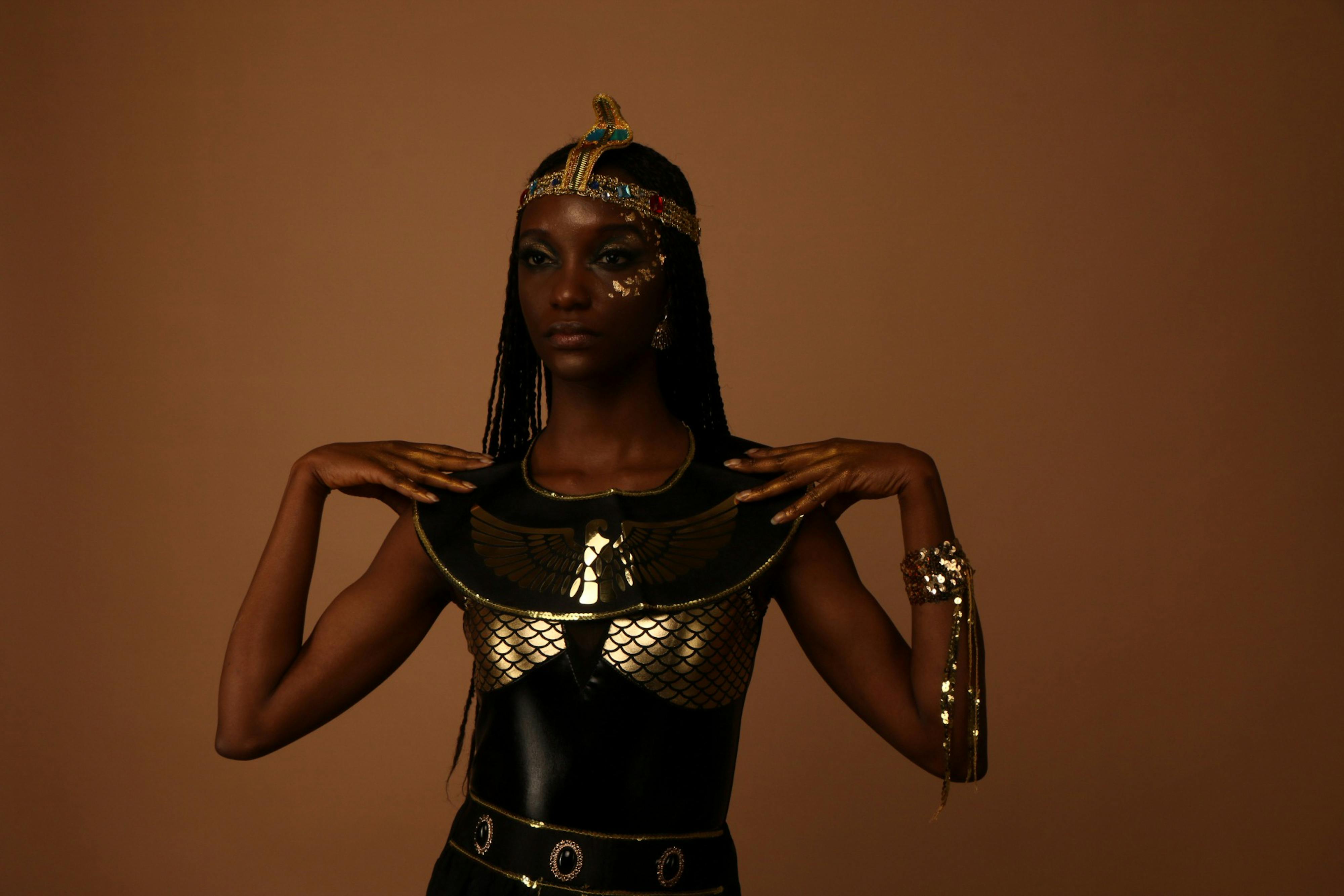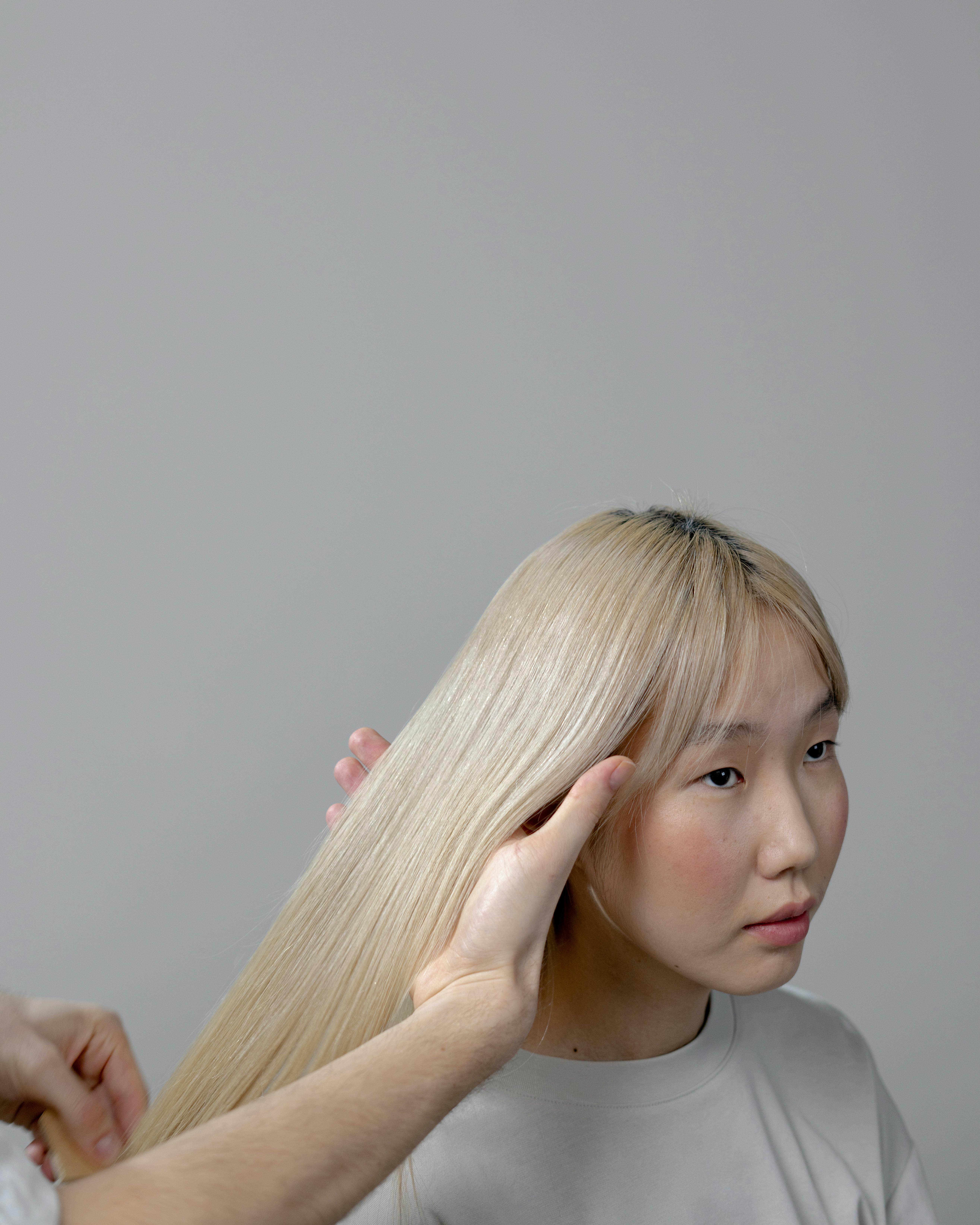The Art of Beauty in Ancient Egypt: Its Legacy and Modern Influence
The ancient Egyptians are renowned for many things: their monumental pyramids, their hieroglyphic script, their pantheon of gods and goddesses, and their contributions to art, culture, and civilization. Yet, one aspect of their civilization that often gets overlooked is their emphasis on beauty and personal adornment. The practice of beauty in ancient Egypt was not merely a shallow or superficial pursuit, but rather a deep and spiritual endeavour that was intimately tied to their religious beliefs, social status, and cultural identity. This article delves into the art of beauty in ancient Egypt, tracing its historical context, its current relevance in modern society, as well as the trends, impacts, and receptions it has inspired across the globe.

Beauty as a Spiritual Pursuit
In ancient Egyptian society, beauty was not a vanity, but a sign of divine favor. The Egyptians believed that physical beauty was a gift from the gods and that maintaining and enhancing it was a religious obligation. Cosmetics, therefore, were not merely tools for enhancing physical attractiveness, but were considered sacred substances that protected the body and soul. Kohl eyeliner, for instance, was used not only to accentuate the eyes, but also to ward off the Evil Eye and other malicious spirits.
The Use of Cosmetics and Jewelry
Cosmetics and jewelry played a significant role in the ancient Egyptian beauty regimen. They used a variety of naturally derived substances for cosmetic purposes. Green malachite was used as eyeshadow, while red ochre was used as a lip and cheek stain. They also invented the world’s first anti-wrinkle cream made from moringa oil, beeswax, and frankincense. Jewelry, on the other hand, was a status symbol. The materials used and the complexity of the designs reflected the wearer’s social status.
The Influence of Ancient Egyptian Beauty Practices on Modern Beauty Trends
The impact of ancient Egyptian beauty practices on modern beauty trends cannot be overstated. The winged eyeliner look that is popular today can be traced back to the kohl-rimmed eyes of the ancient Egyptians. The use of henna for body art, now popular in many cultures, was also practiced by the Egyptians. The emphasis on skincare and the use of natural substances for cosmetic purposes are trends that have seen a resurgence in the contemporary beauty industry.
Reception and Criticism
The reception and criticism of ancient Egyptian beauty practices and their modern adaptations have been mixed. Some see the adoption of these practices as a celebration of a rich and ancient culture, while others view it as cultural appropriation, particularly when the cultural significance of these practices is not acknowledged or understood. There is also criticism about the unrealistic beauty standards set by the ancient Egyptians, such as the emphasis on a slender figure and symmetrical features, which continue to pervade modern beauty standards.
The Legacy of Ancient Egyptian Beauty
The legacy of ancient Egyptian beauty practices is felt in many aspects of contemporary culture, from fashion and beauty to art and film. The iconic image of Cleopatra, with her kohl-rimmed eyes and elaborate headdress, has been immortalized in countless films, paintings, and fashion editorials. The ancient Egyptian emphasis on skincare and the use of natural cosmetics has also influenced the ethos of many modern beauty brands.
In conclusion, the art of beauty in ancient Egypt was a complex practice that encompassed spiritual beliefs, social status, and cultural identity. Today, its influence can be seen in modern beauty trends, and its legacy continues to shape our understanding and pursuit of beauty. While there is much to celebrate about this ancient tradition, it is also important to critically examine its impacts and to be mindful of the cultural significance of these practices.




